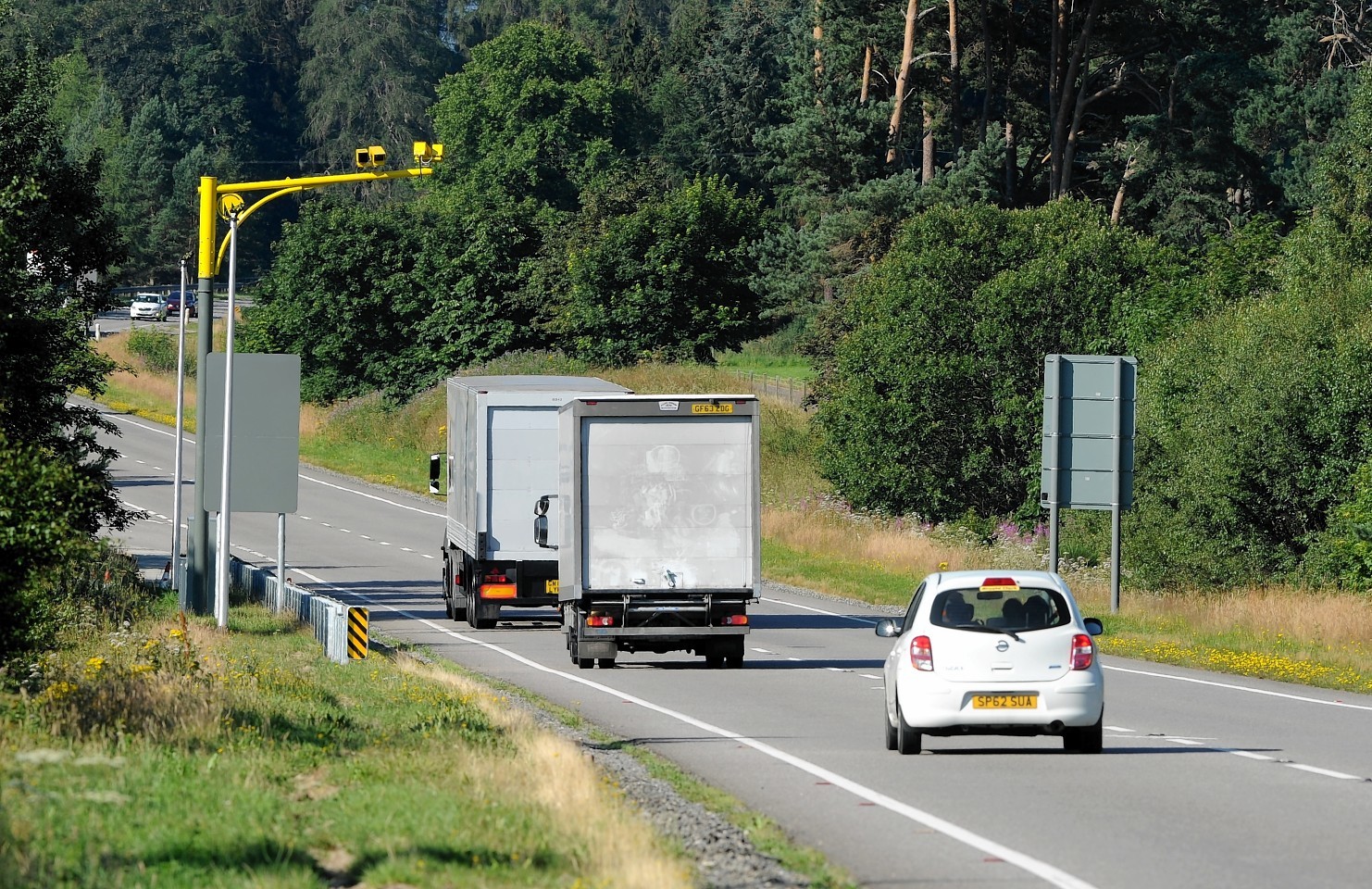The number of accidents and deaths on the A9 has continued to drop since the introduction of average speed cameras along the route 18 months ago.
New figures from the A9 Safety Group show that four fewer people were killed on the road and 22 fewer people were seriously injured compared to an equivalent period before they were installed.
The number of fatal and serious collisions was down overall by 45%.
Since the cameras were introduced, 8,015 vehicles have been caught speeding out of more than 22 million journeys along the route.
The report looked at the impact of the cameras on the route between Dunblane and Inverness in the first 18 months of their operation, to April 30 this year.
It recorded no fatal collisions between Dunblane and Perth, with the number of serious collisions and injuries down by almost 85% on this stretch.
The report also found a continued overall improvement in driver behaviour and reliability of journey times.
However, critics of the scheme have pointed to the increase in journey times overall an issue with the scheme.
Mike Burns of the A9 Average Speed Cameras Are Not The Answer group said: “Journey times have massively increased and figures provided are not a true reflection as 2014 continues to be omitted.
“Incidents and restrictions are still up between Perth and Inverness and now the fiddling of results to remove the time effects of roadworks are masking the true effect of the continued restrictions of the road with back roads now suffering a doubling of road traffic as well.”
Transport minister Humza Yousaf said: “Safety is an absolute priority and every road death is one too many.
“The latest A9 Safety Group figures indicate the route is much safer since the average speed cameras were introduced.
“The data marks the mid-point in the three-year evaluation period and shows over the last 18 months four fewer people have been killed, 22 fewer seriously injured and 62 fewer people slightly injured.
“This extremely encouraging picture is to be welcomed and I would urge all A9 users, particularly the small minority who continue to take risks, to play their part in reducing accidents as we progress our £3 billion A9 dualling programme.”
Stewart Leggett, chairman of the A9 Safety Group, said: “Since the cameras were introduced there has been a sustained improvement in driver behaviour and we are now seeing a corresponding fall in casualties.
“The A9 Safety Group is heartened by the early outcomes and as the dualling progresses we will build upon the early work of the group to maintain the improved driver behaviour and support further casualty savings.”
